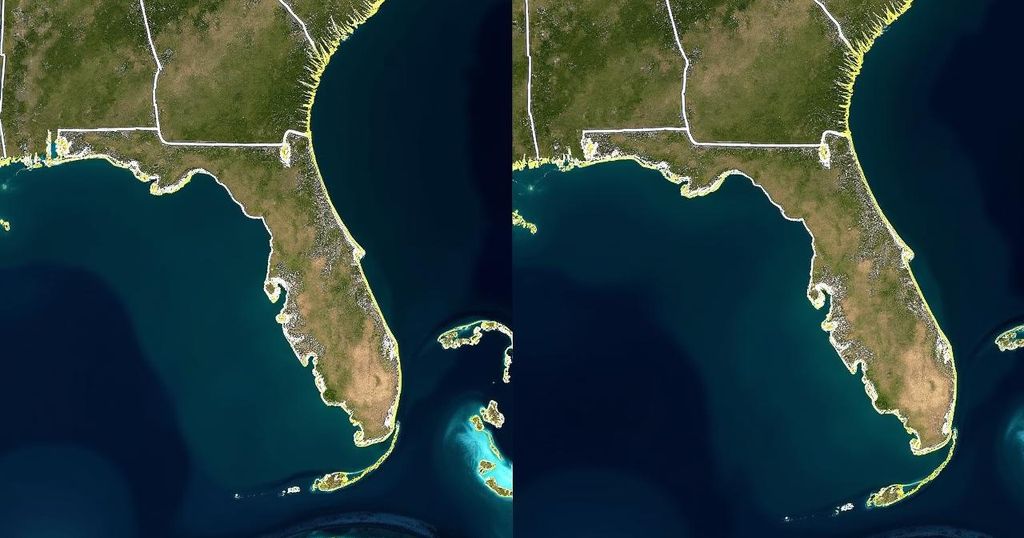Hurricane Helene: A Comprehensive Overview of Impact and Damage

Hurricane Helene caused extensive destruction across Florida and several southeastern states following landfall on September 26. The storm has resulted in at least 214 fatalities, significant power outages, and damages exceeding billions of dollars. The hardest-hit area, western North Carolina, recorded 108 deaths, predominantly in Buncombe County. Visual documentation of the damage underscores the storm’s severity and the pressing need for recovery efforts.
Hurricane Helene has unleashed catastrophic destruction across the southeastern United States, particularly impacting Florida, Georgia, the Carolinas, and Tennessee upon making landfall in Florida on September 26. Although it has since been downgraded to a tropical depression, the storm has resulted in numerous casualties, with hundreds reported dead and millions enduring power outages. The economic toll is estimated to be in the billions of dollars. As of Thursday, confirmed fatalities have risen to 214, following updates from local authorities in the Carolinas, as highlighted by a USA TODAY Network analysis. Among the hardest-hit areas is western North Carolina, which experienced devastation not seen in over a century. Officials reported that North Carolina alone has witnessed a heart-wrenching total of 108 deaths, with Buncombe County bearing a significant loss of 72 lives, according to reports from the Asheville Citizen-Times. Additionally, casualty reports include 41 in South Carolina, 33 in Georgia, 19 in Florida, 11 in Tennessee, and 2 in Virginia. Attached are aerial photographs from Nearmap and satellite imagery from Maxar Technologies, providing a visual representation of the extensive damage inflicted by Hurricane Helene.
The devastation wrought by Hurricane Helene serves as a stark reminder of the destructive potential of severe weather phenomena. This storm not only impacted human life but also challenged the infrastructure of multiple states across the southeastern United States. Understanding the scope of the disaster requires both quantitative measures, such as death tolls and financial estimates of damages, and qualitative assessments reflected in visual documentation. The aftermath of Hurricane Helene accentuates the crucial need for emergency preparedness and swift recovery mechanisms to assist impacted communities.
In conclusion, Hurricane Helene has resulted in profound loss and devastation across several states, with a confirmed death toll surpassing two hundred and significant monetary damages. The stark imagery of the destruction serves as a call to action for emergency preparedness and recovery efforts. The crisis requires ongoing attention as communities work towards healing and rebuilding in the wake of this unprecedented storm.
Original Source: www.usatoday.com






